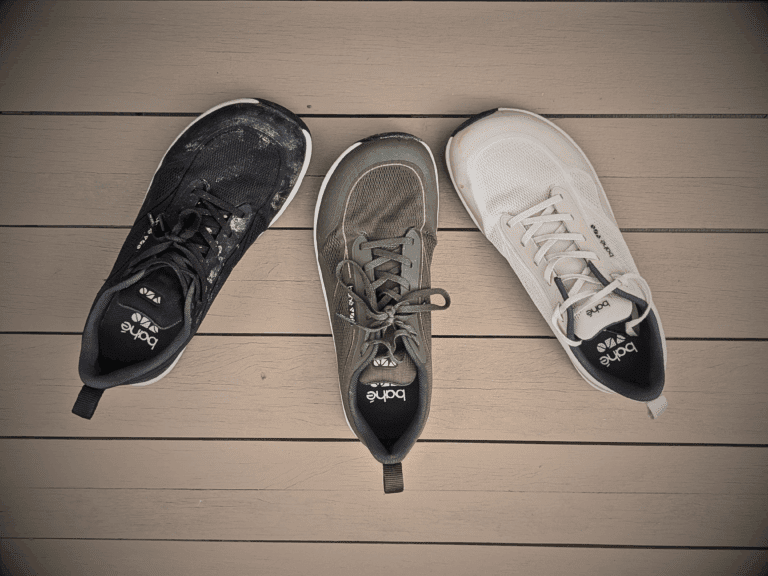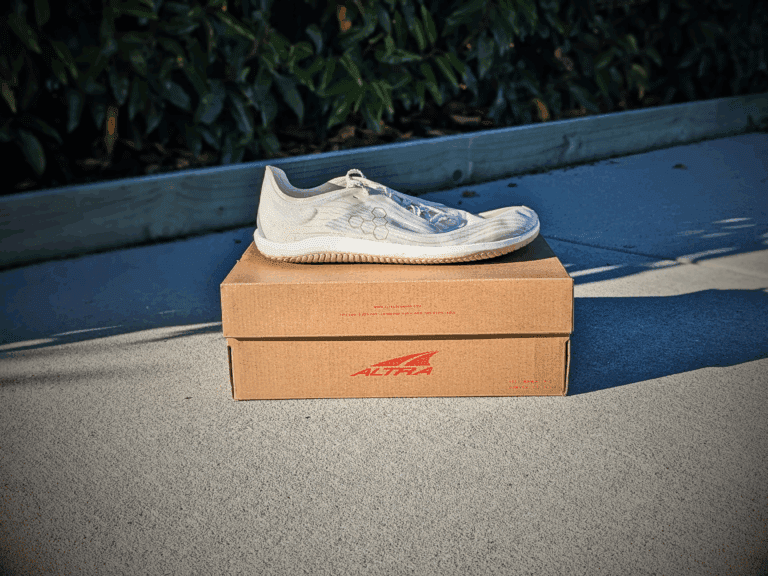Born To Run was a hugely successful running book back in the early 2010s, mainly due to the fantastic storytelling and engaging characters involved. But many people morphed the words into gospel and began practicing what they believed was a prescription to perfect running.
And although some of the teachings gleaned from the likes of the Taramarah were inspirational, the book was never meant to be a running “How To”.
The author, Christopher McDougal, has frequently mentioned he wanted to create a follow-up that addresses the misrepresentations that many took from the original and focuses more on a running prescription this time around.
And the result is Born to Run 2!
After reading the follow-up, I wasn’t entirely convinced that it ended up being a running “How-to.”
In this post, I will touch upon the areas where Barefoot Run Review aligns with the book and the areas that were just downright weird –for instance, some chapters felt like they were pulled from a completely different book! And lastly, talk about the book’s main focus, the “90-day Run Free” programme.
FYI – there will be a few spoilers in this blog post. But I assure you, you’ll still find huge benefits from reading the book in full.
The introduction of Christopher McDougall’s coach, Eric Orton, was an excellent addition to the authors’ list. Eric brought a technicality and balance that Christopher (and, let’s be fair, most of us) couldn’t find.
But it took 4 chapters for any real practical advice to come around.
The prior 3 chapters were all familiar anecdotes that felt like they’d been lifted straight from the original Born to Run book. But that aside, Eric’s encouragement of correct running form and encouragement of mostly minimal shoes resonated with me.
It’s all about the shoes, isn’t it?
Considering that Born to Run caused a considerable stir in the footwear department, you would expect that half of the new book would be focused on adjusting the message from the original book.
In the end, that wasn’t true.
Yes, there’s an extensive chapter on footwear, but it’s a mere smither of the whole book.
I was happy to hear that Eric fundamentally aligns with Barefoot Run Review’s philosophy. I.e., choose the right tool (shoe) for the task –which often, steers toward minimal to strengthen/improve running form.
Various shoes are recommended, from the Altra Escalante to Xero Mesa Trails. But they encourage self-selection too, with the following guidelines.
- Low heel-to-toe drop
- The lowest stack height for the job in hand (based on your experience and the terrain of the run)
- Correctly shaped upper – Footshaped.
A strong focus on running form and running drills
Another area I feel we’ve heard elsewhere but was well worth bringing to the mass readership was the various running drills.
First, the pair tried to break the myth that “there is no correct running.” Using the Tarahumara as an example, they pointed out the distinct similarity that all the sandal-wearing runners’ trend towards, hinting that it’s likely the most efficient running form and that we should look at better form too.
I’d tend to agree with this sentiment as we all evolved from the same common bipedal ancestors who perfected the art of walking and running. And any variation is likely much more minor than the shoe industry makes it out to be.
From here, they introduced running drills to correct any running form deviations traditional shoes may have contributed to, such as a strong heel strike, overstriding, and trailing legs. I found these drills super helpful, and I’ll be borrowing them for myself and my clients too!
I found two real oddities in the book.
- Misfit anecdote chapters
- Advice coming from potentially questionable areas
They don’t exactly detract from the book, but sometimes I felt lost. Like I was reading the wrong book or I’d misplaced the bookmark.
Misfit anecdote chapters
Naturally, there were chapters summarizing the story of Caballo Blanco, which were warranted. But these were sometimes sandwiched between practical chapters like the 90-day challenge. It was just such a big jump.
Other stories felt like they were sections that maybe didn’t make the cut from the original book. And instead of filing them away, never to be published, they were inserted into this practical book with very tenuous links.
Maybe if all the practical aspects were backed up with anecdotes, it might have felt more natural, but that wasn’t the case. And some just didn’t feel like they belonged in the book.
That’s my opinion, and maybe you’ll feel different. I cannot help but express how I often felt lost in the book.
Advice coming from potentially questionable areas
This area gets tricky because who am I to say they are not experts in X,Y,Z topics?
But from my point of view, the inclusion of food/diet advice, albeit an area we all should pay much more attention to, I just don’t feel this is the book for it.
None of the advice is extreme or explicitly prescriptive, so I feel there’s no harm in the section. But this is a running book born out of storytelling, and doling out food advice seems weirdly orthogonal to the book’s premise.
The other chapter I’d point out is “Running with dogs.” For me, this came completely out of the blue. Again it was backed by an anecdote that was marginally interesting and possibly was the only reason it made the book. But again, was this the book that required a section about running with a dog (or a donkey)?
All in all, if you take out many of the anecdotes and strange chapters, you’re left with a prescriptive 90-day running reset and running drill advice. Not a book. And maybe there lay the crux of the problem.
The big aim of the 90-day programme is to get you running in a healthy way. Not to set you up for your next race. And I’m 100% behind that sentiment.
We should be looking towards running longevity, not just the next race.
I love the marrying of form improvement exercises with running targeted to build upon the improvements.
It’s no wonder I like the 90-day programme so much, considering it strongly focuses on barefoot movement. Much of which I’ve been pushing here and on Illness To Ultra for a long time.
So if you’re looking to take a break from your regular training plan and are willing to commit to a 90-day period to improve both form and strength, I think you’ll certainly benefit from the plan.
I came into Born to Run 2 somewhat hyped after listening to podcasts from Steven Sashan and Rich Roll with the duo authors. I fully aligned with much of what they talked about on the podcasts, and I was eager to see how they’d set about convincing the mass market.
But sadly, in the end, I was a little perplexed.
It felt like a lost narrative, somewhere between enticing bedtime stories and regimented practical advice.
You can still find gems in the book. If you were only to take the form drills from the book, or maybe the dog training advice 😆, it’d still be a worthwhile read.
Just don’t expect your reading journey to be a smooth one!



